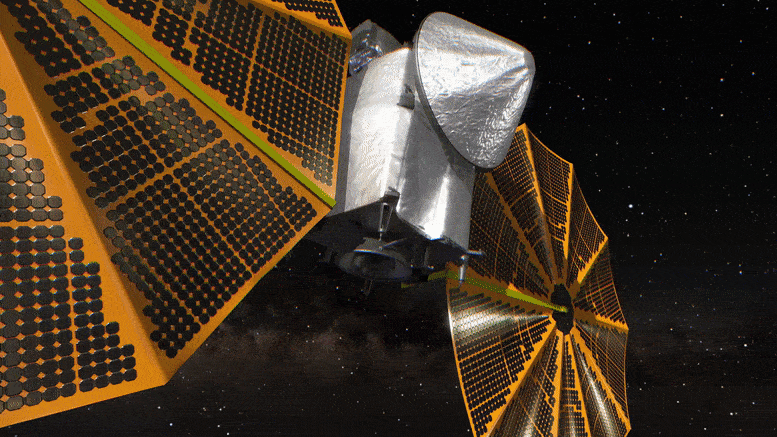Called “Trojans” after characters from Greek mythology, most of Lucy’s target asteroids are left over from the formation of the solar system. These Trojans circle the Sun in two swarms: one that precedes and one that follows Jupiter in its orbit of the Sun. Lucy will be the first spacecraft to visit the Trojans, and the first to examine so many independent solar system targets, each in its own orbit of the Sun.
Lucy gets its name from the fossilized human ancestor, called “Lucy” by her discoverers, whose skeleton provided unique insight into human evolution. Likewise, the Lucy mission will revolutionize our knowledge of planetary origins and the formation of the solar system.
Studying Jupiter’s Trojan asteroids up close would help scientists hone their theories on how our solar system’s planets formed 4.5 billion years ago and why they ended up in their current configuration. “It’s almost like we’re traveling back in time,” said aerospace engineer Jacob Englander, who helped design Lucy’s trajectory while working at NASA’s Goddard Space Flight Center in Greenbelt, Maryland.









Comments are closed.